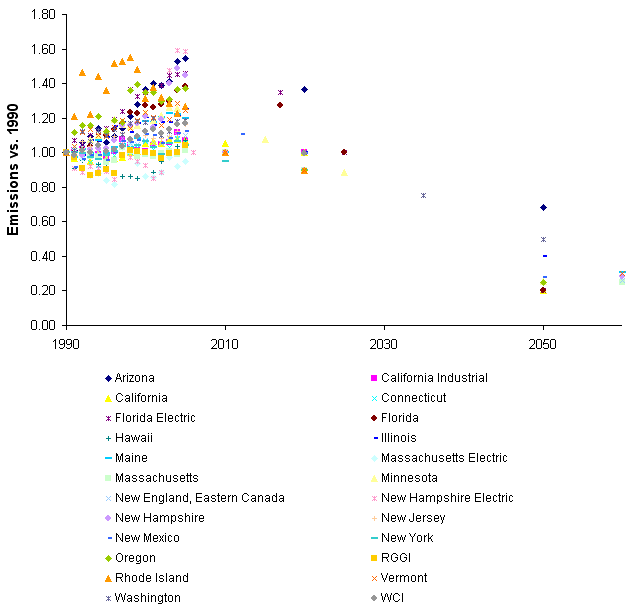The launch of Climate Interactive’s scoreboard widget has been a hit – 10,500 views and 259 installs on the first day. Be sure to check out the video.
It’s a lot of work to get your arms around the diverse data on country targets that lies beneath the widget. Sometimes commitments are hard to translate into hard numbers because they’re just vague, omit key data like reference years, or are expressed in terms (like a carbon price) that can’t be translated into quantities with certainty. CI’s data is here.
There are some other noteworthy efforts:
- The Climate Analytics/Ecofys/PIK climateactiontracker
- Pew Climate tracks international, US federal and state and local initiatives
- Environment California has just launched an interactive map detailing state initiatives
- Terry Tamminen has a state climate policy tracker
- Last year, I took a look at state climate commitments and regional climate initiatives, with an eye for their use of models (see parts I, II, III)
- The Carbon Disclosure Project reports on thousands of companies
- DB reports on countries from an investor’s perspective
Update: one more from WRI
Update II: another from the UN

